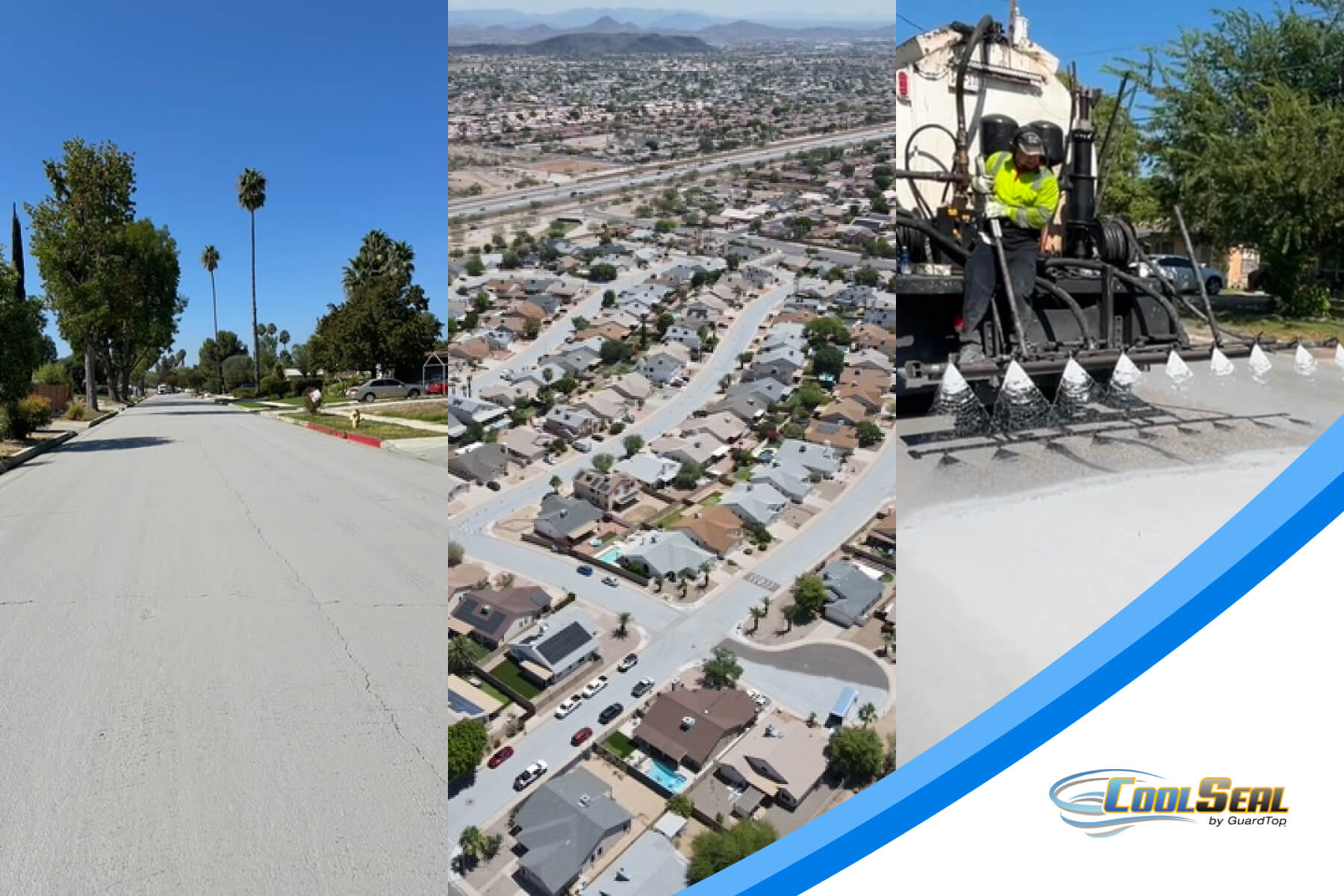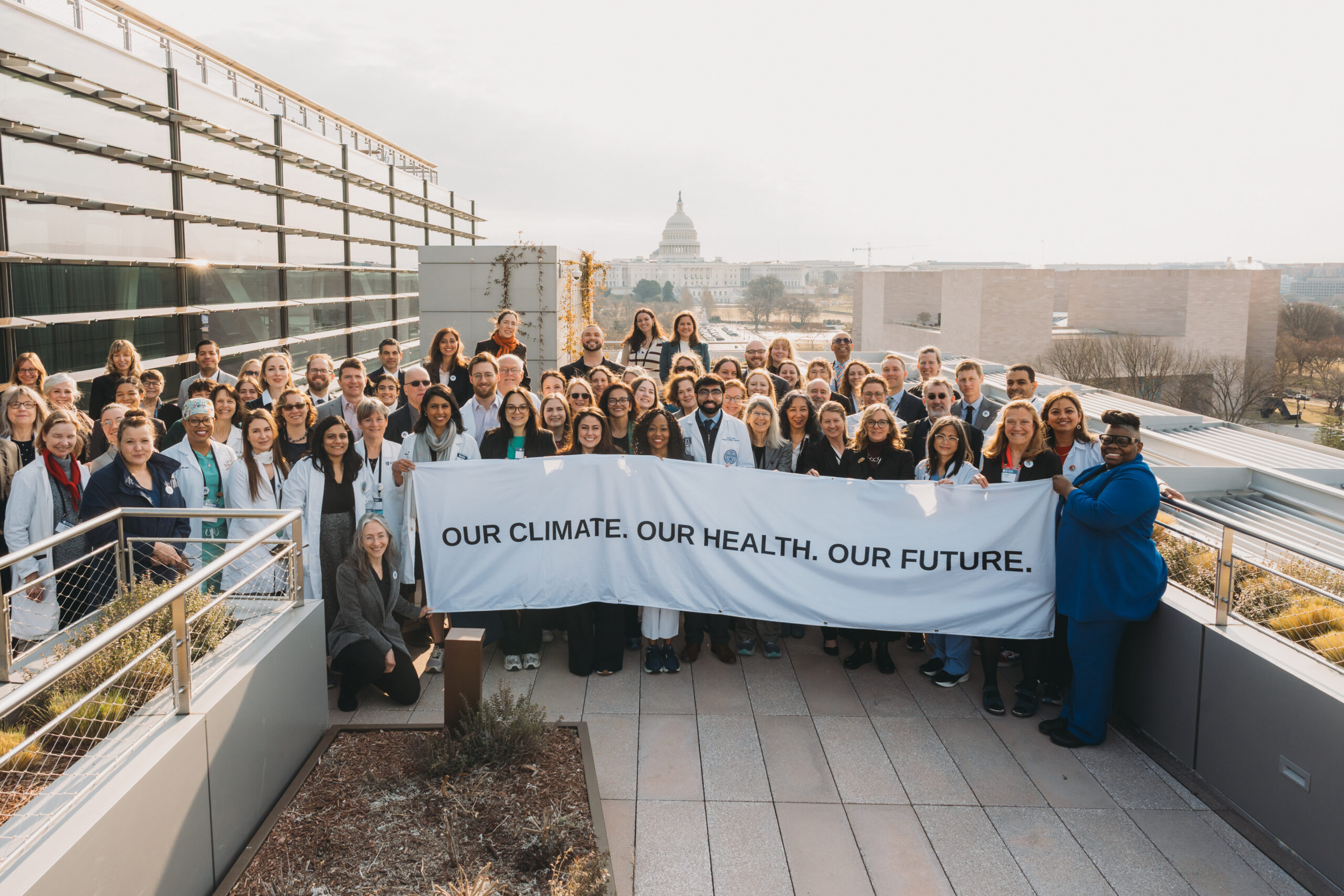As featured by KTAR News:
The city of Phoenix, in partnership with Arizona State University, recently announced the results of the first year of its cool pavement pilot program.
Results from the study showed that surface temperatures on reflective pavement surfaces were significantly lower than conventional roadway pavements at all times of the day, according to scientists at ASU’s Global Institute of Sustainability and Innovation, Healthy Urban Environments, and the Urban Climate Research Center.
Pavement sealing works by reflecting higher portions of sunlight that touches it, therefore taking in less heat. Officials said higher amounts of reflection may lead to possibly offsetting rising nighttime temperatures.
Scientists said the surface temperature of cool pavement around noon averaged between 10.5-to-12 degrees Fahrenheit cooler than traditional asphalt, while also averaging 2.4 degrees lower at sunrise, according to a press release.
Furthermore, nighttime air temperatures at 6 feet of height was averaging .5 degrees lower over the cool pavement than on non-treated surfaces.
The asphalt coating was applied to sections of eight neighborhoods that already needed pavement treatment — one in each city council district — and a portion of the Esteban Park parking lot in Phoenix, officials said in the release.
Across those eight neighborhoods, surface solar reflectivity decreased over 10 months from a range of 33-to-38 percent to 19-to-30 percent.
“This is exactly what we were hoping for,” Phoenix Mayor Kate Gallego said in the release.
“While there’s more work to be done, it’s exciting to see a technology that has the potential to meet the demands of a growing desert city in a world where temperatures are constantly climbing.”
Data collected included thermal imaging through helicopter flyovers as well as temperature sensors embedded in the pavement surface. A mobile weather station created by ASU researchers and a vehicle equipped with air and surface temperature sensors were also used to gather data.
Cool pavement has the potential to combat the urban heat island effect the city of Phoenix is experiencing. Heat is collected and retained in asphalt throughout the day and then released at night, leading to more energy consumption, higher amounts of greenhouse gas emissions and air pollution.
“While we continue to study the initial cool pavement installations, we will soon begin a second phase of testing using a darker material that has been engineered to have an even higher surface reflectivity,” Street Transportation Director Kini Knudson said in the release.
This article was originally published by KTAR News. Read the full article here.





